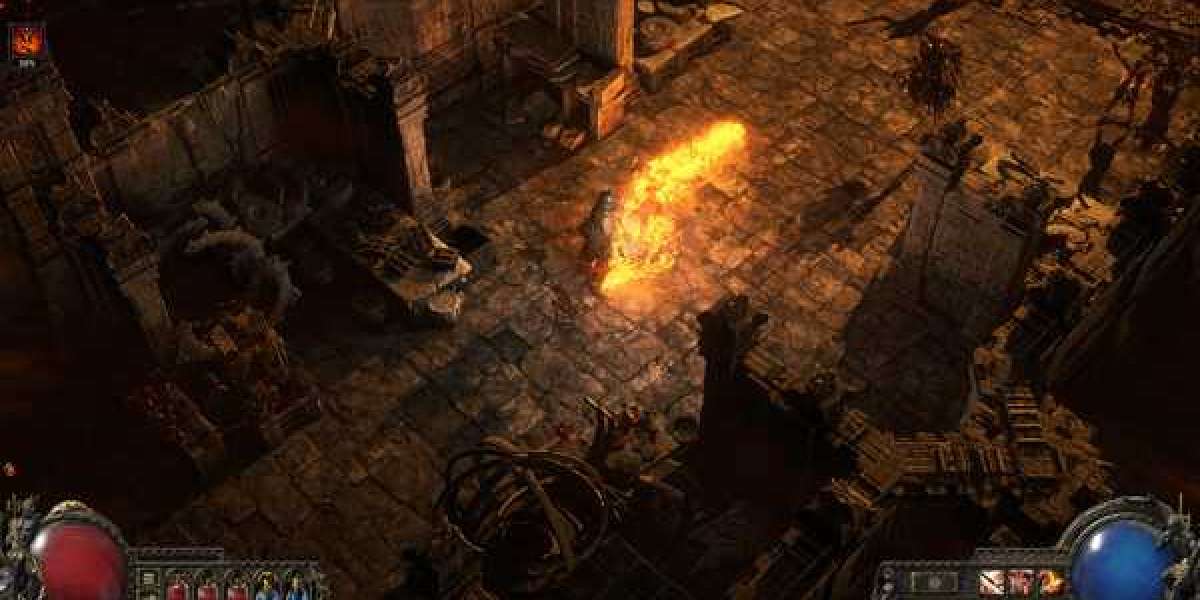When it comes to creating a healthy, comfortable living or working environment, proper ventilation is often overlooked. Whether it's for a home, office, or industrial facility, effective ventilation is essential for air quality, temperature regulation, and moisture control. If you're considering installing a new ventilation system or replacing an old one, hiring a professional ventilation installer is the best way to ensure the job is done right. But what can you expect from a professional installer during the process? Let’s dive into what goes into the installation process and how a qualified ventilation installer can make all the difference.
The Importance of Proper Ventilation
Before we explore what to expect from a professional ventilation installer, it’s worth understanding why proper ventilation is so critical. Poor ventilation can lead to a range of issues, such as:
- Indoor Air Pollution: Stale air and pollutants, including dust, mold, and volatile organic compounds (VOCs), can build up in poorly ventilated spaces.
- Excess Moisture: Without proper airflow, excess moisture can create the perfect breeding ground for mold and mildew, damaging both your property and your health.
- Temperature Imbalance: A lack of ventilation can cause certain areas to feel stuffy, too hot, or too cold, leading to discomfort.
- Energy Efficiency: Well-designed ventilation systems help regulate the temperature of a space without over-relying on air conditioning or heating, promoting energy savings.
Given all these factors, it’s clear that investing in proper ventilation is crucial. However, the key to achieving optimal results lies in the hands of a skilled ventilation installer.
What to Expect from a Professional Ventilation Installer
When hiring a professional ventilation installer, you’re choosing an expert who can design, install, and maintain an efficient system tailored to your specific needs. Here’s what you can expect from the process.
1. Initial Consultation and Assessment
The first step in any ventilation installation process is a consultation with the installer. A reputable ventilation installer will begin by assessing your space and asking key questions to understand your requirements. This might include:
- The size of the space: Different room sizes require different ventilation solutions.
- Type of ventilation needed: Whether it's natural ventilation (using windows and vents) or mechanical ventilation (like fans and air systems).
- Existing ventilation systems: If you're replacing or upgrading, the installer will assess the current setup to determine what improvements can be made.
- Specific concerns: Issues such as humidity, airflow, or air quality that may need special attention.
This step ensures that the installer can recommend the best system suited for your space, whether it’s a heat recovery ventilation (HRV) system, an energy recovery ventilation (ERV) system, or a more simple exhaust fan setup.
2. Customized System Design
Once the assessment is complete, the ventilation installer will create a customized system design. They’ll take into account the layout of your space, airflow dynamics, and any specific air quality issues you’re facing. The design phase often includes:
- Ductwork planning: Proper ducting is essential for efficient airflow. The installer will design ducts that run through the most effective routes to maximize air movement while minimizing noise and energy loss.
- Fan placement: If your system includes fans, the installer will determine the best locations to optimize airflow without causing unnecessary drafts.
- Controls: Advanced ventilation systems come with controls for adjusting air flow and temperature. The installer will guide you through options such as wall-mounted controllers or smart home integrations.
3. Professional Installation
The actual installation is where the professional installer truly shines. This stage involves:
- Duct and component installation: The installer will carefully fit ducts, vents, and other components in place, ensuring they are sealed properly to avoid leaks, which can compromise the system's efficiency.
- Mounting fans and vents: If the system includes exhaust fans or vents, these will be installed in the ideal locations to maximize airflow. The installer will also ensure that everything is securely mounted and operational.
- System integration: For more complex systems, the installer will integrate the ventilation system with other home systems, such as your HVAC or smart home technology.
A professional installer follows industry standards and safety regulations to ensure that your system is both effective and compliant with local building codes. This can give you peace of mind that the installation will be safe, energy-efficient, and durable.
4. Testing and Calibration
Once the system is installed, it’s time for testing. The ventilation installer will check the system to ensure it’s functioning correctly. This might include:
- Airflow testing: The installer will measure airflow in various parts of the space to make sure the system is delivering the right amount of ventilation.
- System performance checks: The installer will evaluate the system's overall performance to ensure it’s running efficiently and quietly, with no unusual noises or issues.
- Energy efficiency evaluation: If your system includes energy-saving features, such as an ERV or HRV system, the installer will verify that these are working as intended.
The goal is to ensure that the system is running optimally from the very start, preventing future issues and optimizing energy use.
5. Ongoing Maintenance and Support
After the installation, a professional ventilation installer will likely offer ongoing maintenance services. Regular maintenance is crucial to keep your system functioning at its best. This might include:
- Regular inspections: Ensuring that the system continues to operate efficiently and that ducts and filters are clear of debris.
- Filter replacement: Air filters need to be replaced or cleaned regularly to maintain air quality.
- System upgrades: If new technology becomes available, your installer might offer suggestions for upgrading your system to improve performance or efficiency.
A reliable ventilation installer will also be available to troubleshoot any issues and offer guidance on how to optimize the system.
Why Hire a Professional Ventilation Installer?
Ventilation systems are complex, and installing one requires expertise to ensure it works efficiently and safely. A professional ventilation installer brings several advantages to the table:
- Expertise: They understand the nuances of ventilation systems and how to design one that fits your space and needs.
- Compliance: A professional installer ensures the system meets building codes and local regulations, helping to avoid fines and future problems.
- Longevity: Proper installation and regular maintenance increase the lifespan of your ventilation system, ensuring you get the most out of your investment.
In summary, hiring a professional ventilation installer is a crucial step in ensuring your space has the best airflow, air quality, and energy efficiency. From the initial consultation to ongoing maintenance, they play an essential role in providing a system that works seamlessly and enhances your overall comfort and health.
If you’re in need of a new ventilation system, don’t hesitate to contact a trusted, professional ventilation installer who can guide you through the entire process and provide you with a solution that meets your unique needs.








